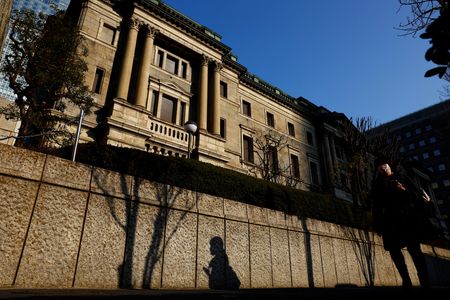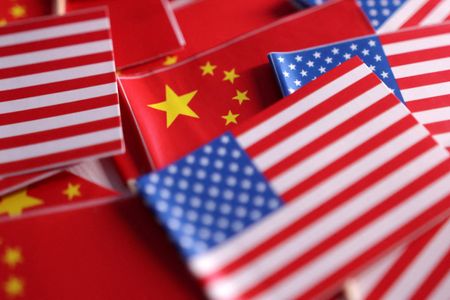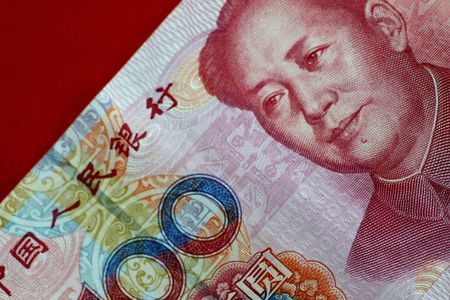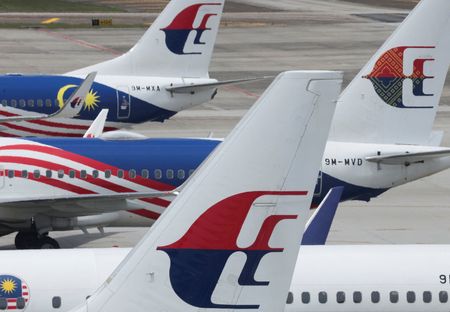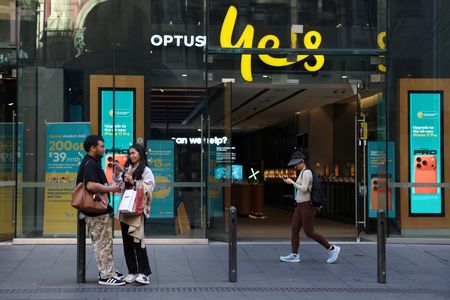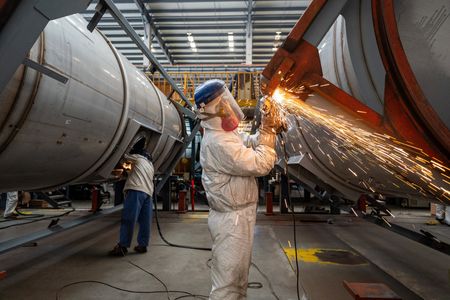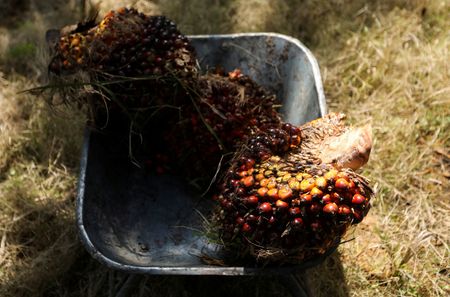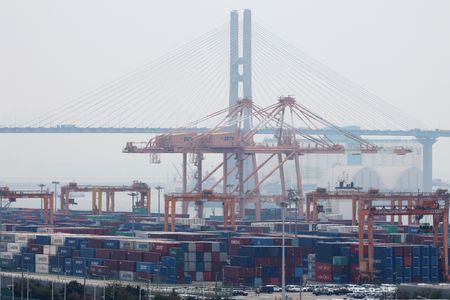By Leika Kihara
TOKYO (Reuters) -A dovish Bank of Japan board member said on Monday the need for an interest rate hike was increasing “more than ever,” adding to signs of a hawkish shift on the board that heightens the chance of a rate increase as early as October.
Asahi Noguchi, who has been known as an advocate of loose monetary policy, said there was uncertainty on when risks to the global economy from U.S. tariffs would recede.
But he said various economic indicators for Japan show steady progress achieving the BOJ’s 2% inflation target, with companies passing on rising costs more actively and signalling readiness to keep increasing wages.
“This suggests the need to adjust the policy interest rate is increasing more than ever,” Noguchi said in a speech.
“Put differently, in terms of making policy decisions, upside risks to prices and economic activity are currently outweighing the downside risks,” he added.
The remarks underscore a growing view within the board that stubbornly high inflation and receding risks of a tariff-induced severe economic downturn could warrant a near-term rate hike.
While the BOJ kept interest rates steady at 0.5% this month, dissenting calls by two board members for a quarter-point hike led to growing market expectations of a tightening in October.
The hawkish board split led markets to price in roughly a 50% chance of a rate hike at the BOJ’s next policy meeting on October 29-30. The remarks by Noguchi, who was one of the seven members against a hike in September, suggest he could vote in favour of a rate increase in upcoming meetings.
A Reuters poll showed a majority of economists expect another rate hike by year-end, though there was less conviction about the timing, with bets centring on October and January.
Noguchi said Japan’s prolonged period of deflation that began in the 1990s led to a widespread belief among the public that prices and wages would not rise much. That perception, however, was finally beginning to change, he added.
When Japan’s economy was experiencing prolonged zero inflation, downside risks to prices required more attention than upside risks, and maintaining accommodative financial conditions was a top priority, Noguchi said.
“Now, it’s necessary to consider not only downside but upside risks with the labour market close to full employment and the output gap having almost reached zero,” he said.
“I believe Japan will, in the not-too-distant future, require a new policy perspective that addresses the upside risks,” Noguchi said, while stressing the need to remain vigilant to downside risks stemming from U.S. tariffs.
The BOJ ended a massive, decade-long stimulus programme last year and raised rates to 0.5% in January, on the view that Japan was on the cusp of durably hitting its inflation target of 2%.
While inflation has exceeded 2% for more than three years, Governor Kazuo Ueda has stressed the need to tread cautiously on further rate hikes to ensure price rises are driven by wage gains and robust domestic demand.
(Reporting by Leika Kihara; Editing by Christian Schmollinger and Jamie Freed)

